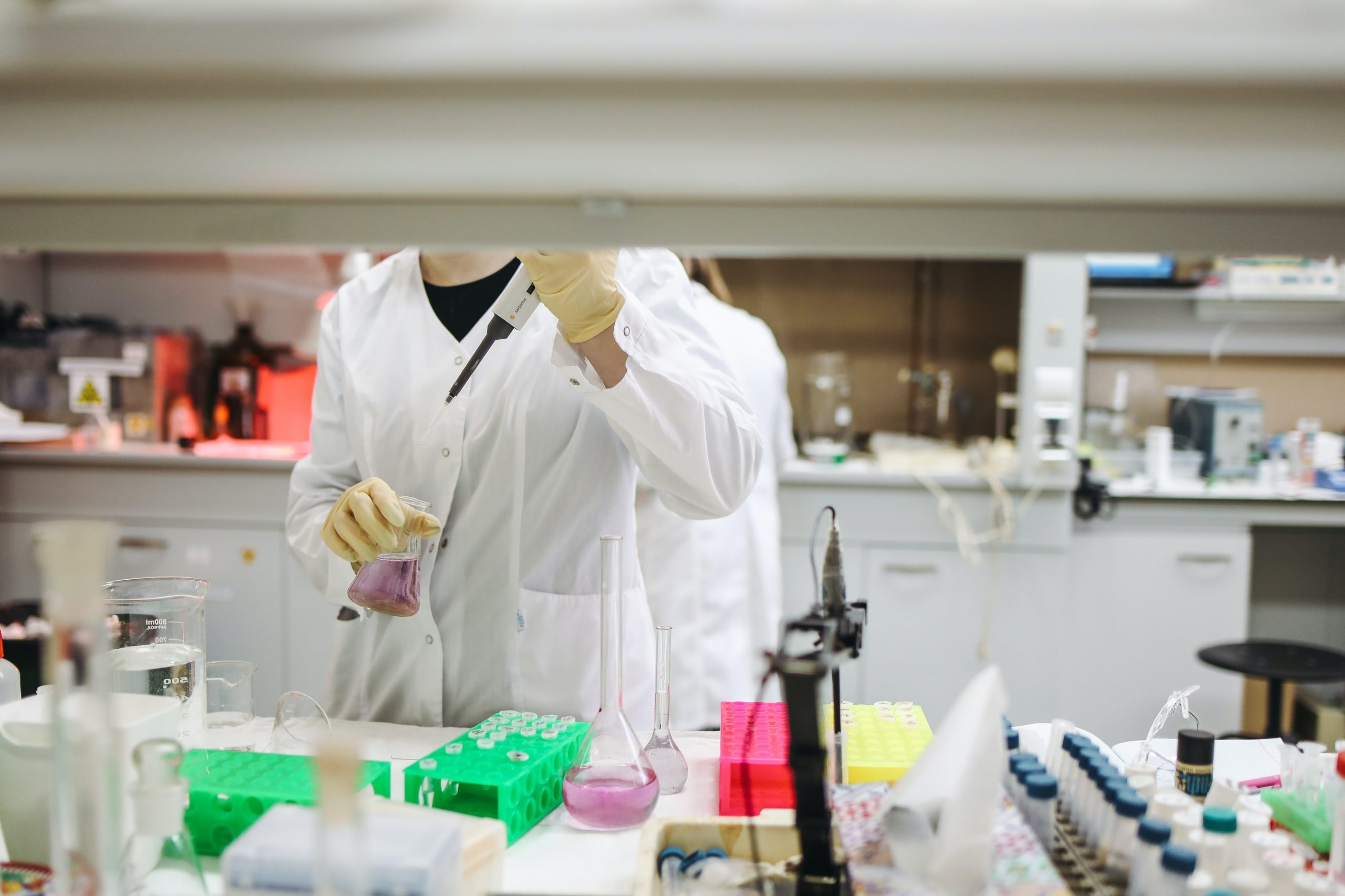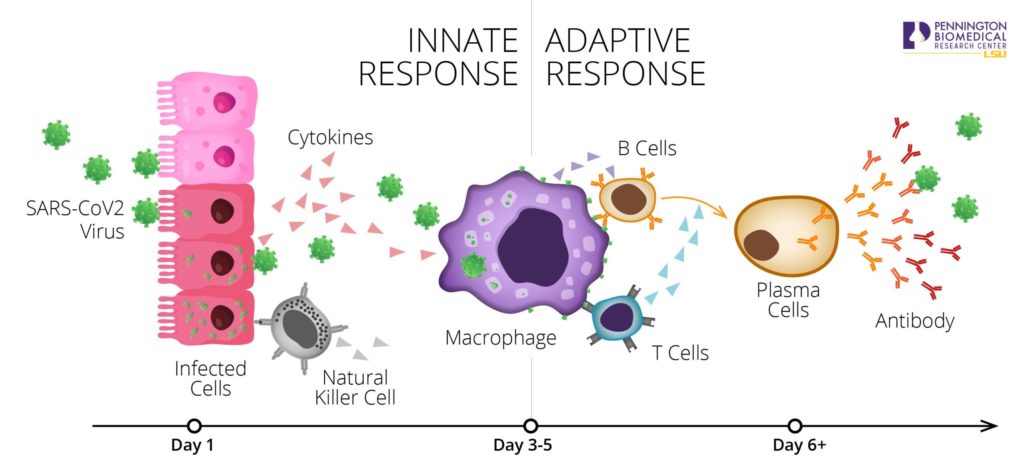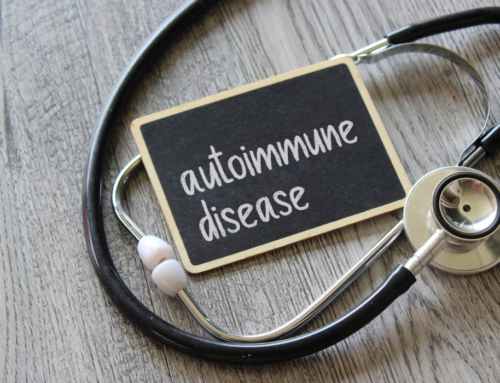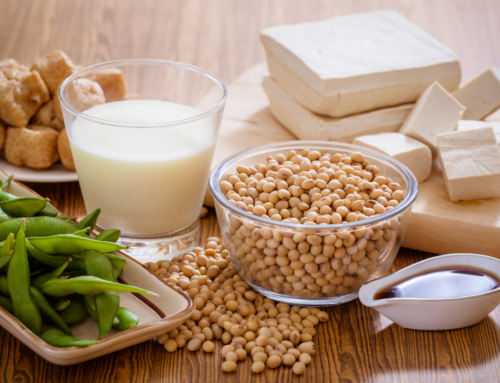
Beyond Covid-19: Vaccine Development
With COVID-19 cases continuing to increase as businesses gradually re-open, there is heightened urgency to develop and mass produce a COVID-19 vaccine.
As of May 31, 2020, there were 125 different COVID-19 vaccines under development in different countries around the world. Vaccine production is complex and can take years. The fastest vaccine ever developed took 5 years—the Ebola vaccine. Given the global mobilization of scientific resources for COVID-19, the hope is that a vaccine may be found as early as this year or in early 2021.
How are vaccines developed?
A vaccine can be developed in one of four ways using two different methods.
1. Virus based: using the virus itself that you are trying to protect against
Method 1: Live attenuated virus—the virus is alive but weakened and is then used for a vaccine. A current example is the chickenpox vaccine.
Method 2: Inactive or dead virus—the virus is killed with heat or chemicals and is then used for a vaccine. A current example is the flu vaccine.
2. Other virus based: using another virus to carry genetic material of the virus you are trying to protect against
Method 1: A different live attenuated or replicating virus is used as a carrier for the genetic material of the virus you want to vaccinate against—placing pieces of coronavirus RNA inside a carrier virus so your body attacks the “new” viral vector. A current example is the Ebola vaccine.
Method 2: Using an inactivated or non-replicating virus, such as adenovirus which causes colds—placing the coronavirus genetic material inside an inactivated virus that prevents this “new” virus from replicating. No current vaccine exists using this method.
3. Genetic Material Based: using the genetic material of the virus you are trying to protect against
Method 1: RNA based—Inject pieces of RNA from the virus that code the proteins that your body then identifies and attacks. No current vaccine exists using this method.
Method 2: DNA based—Inject pieces of DNA from the virus that code the RNA that codes the proteins that your body then identifies and attacks. No current vaccine exists using this method
4. Protein Based: using the proteins of the virus you are trying to protect against
Method 1: Protein unit based—Inject the proteins from the surface of the virus and your body attacks those. A current example is the Hepatitis B vaccine.
Method 2: Viral Vector based—Inject the virus that has had all its genetic material removed but leaves its protein-covered “body” intact so your body attacks it. A current example is the HPV vaccine.
How do vaccines work?
Although there are different ways to produce vaccines, the basic goal is the same—have your body’s immune system respond to the vaccine by producing T lymphocytes that attack the offending agent and produce B lymphocytes that create antibodies (memory) to fight the offending agent in the future.

Image by Dr. Claudia Kappen
Interested in watching more of Dr. Carlos Jorge’s videos?
Follow Companion Health on Facebook, Instagram, or YouTube.
Call us at (704) 360-5018 to schedule your free 15-minute consultation today.
References:
1) May 21, 2020. N Engl J Med 2020; 382:1969-1973. DOI: 10.1056/NEJMp2005630. N. Lurie, M.D., et.al.
2) April 9, 2020. Lancet. The COVID-19 vaccine development landscape. T. Tang Le.
3) May 31, 2020. La vacuna: el único camino de regreso a la vida anterior. May 31, 2020. El País. M. Ansede and A. Galocha.
This is for general informational purposes only and does not constitute any practice of medicine or professional health care services of any type. The use of information on this blog is at the user’s own risk. The content of this blog is not intended to be a substitute for professional medical advice, for diagnosis, or for treatment. Please seek the care of your health care professionals for any questions or concerns.








